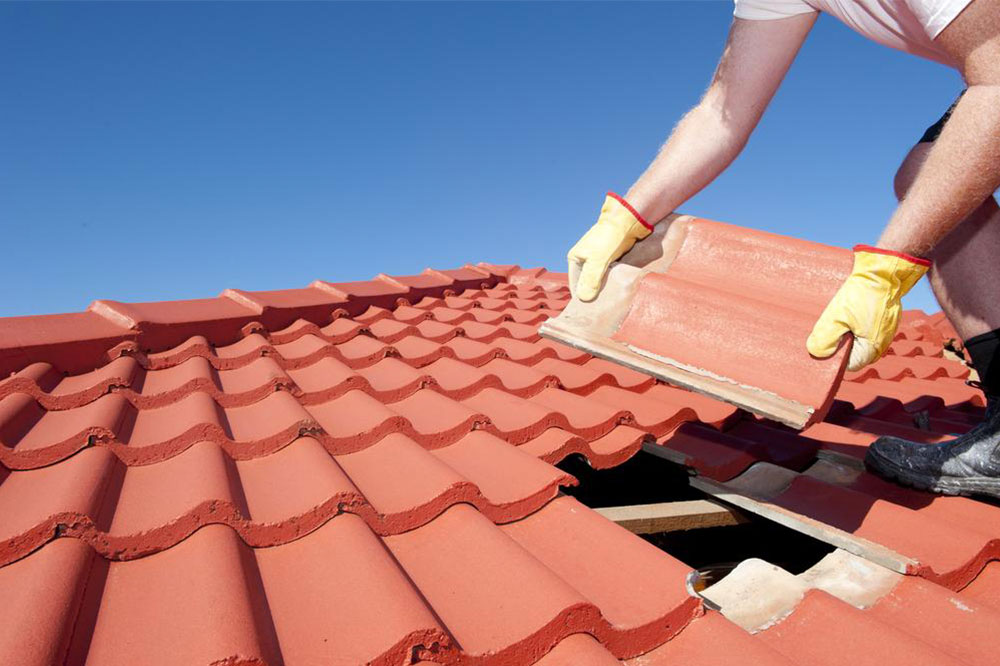Homeowner's Essential Guide to Roof Replacement Strategies
This comprehensive guide provides homeowners with essential insights into roof replacement, covering terminology, process steps, material options, and cost estimates. It offers practical tips for planning and executing a successful roof upgrade, ensuring long-term home protection and value.

Homeowner's Essential Guide to Roof Replacement Strategies
Ensuring your home's durability involves regular roof maintenance. An aging or damaged roof can lead to leaks and interior damage. Replacing the roof at the right time is vital to prevent costly repairs. Knowing the process, materials, and costs helps homeowners make informed choices. This guide covers roofing terminology, replacement procedures, material options, and budgeting tips, empowering you to approach roof replacement with confidence and clarity.
Key topics include understanding roofing terms, step-by-step replacement procedures, selecting suitable materials, and estimating costs for a successful project.
Fundamental Roofing Terms and Methods
Familiarity with roofing language aids communication with contractors. Terms like “square” (100 sq. ft.) and “bundles” (shingle packs) are common. Recognizing that one square needs about four bundles helps in monitoring progress efficiently.
Typical Roof Replacement Process
Usually completed in around four days for standard homes, the process involves:
Removing existing shingles and debris
Addressing minor damages or replacing entire sections as needed
Including ice barrier installation in cold climates
Laying protective roofing underlayment
Installing metal drip edges and valley flashings
Applying new shingles from the bottom up
Securing flashing around chimneys and vents
Adding attic ventilation ridge vents
Cleaning up debris and final inspection
Choosing Roofing Materials
Material options depend on climate, style, and budget preferences. Popular choices include:
Asphalt shingles: Cost-effective and widely used, though less visually distinctive
Wood shingles: Attractive and durable, ideal for premium homes
Metal roofing: Long-lasting and fire-resistant but higher in cost
Slate: Elegant and robust, yet expensive and more challenging to repair
Composite slate: Mimics slate’s appearance with lighter weight and eco-friendly components
Clay tiles: Stylish but less common due to weight and cost factors
Roof Replacement Budgeting
Costs vary based on materials, roof size, and labor. Estimated prices include:
Asphalt shingles: Starting around $12,000
Wood shingles: Up to $25,000
Metal roofs: Approximately $30,000
Slate: About $50,000
Clay tiles: Near $50,000
Alternative options like rubber membranes or synthetics: $14,000-$15,000
Scheduling roof replacement during off-peak seasons, such as late fall or early spring, can lower costs due to decreased demand.
Note:
Our blog offers detailed insights on various topics based on research and data. However, this information should not be regarded as definitive. We do not accept responsibility for discrepancies or inaccuracies and acknowledge that individual project circumstances may vary, requiring tailored solutions.


